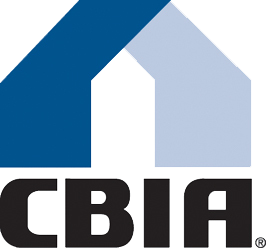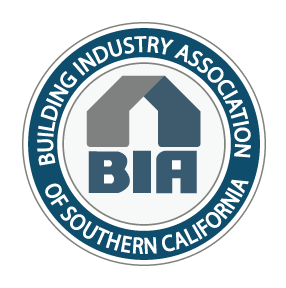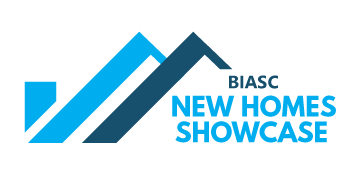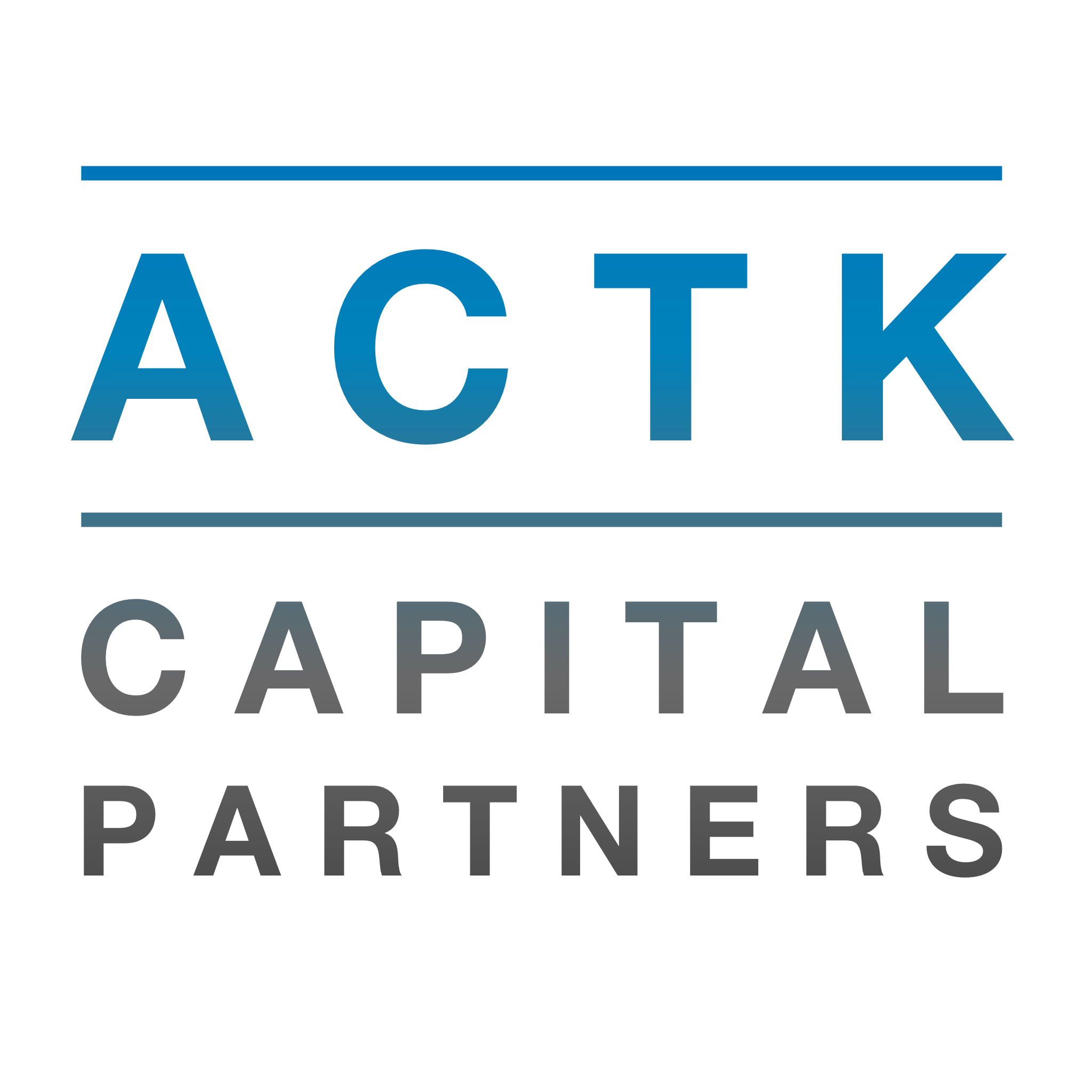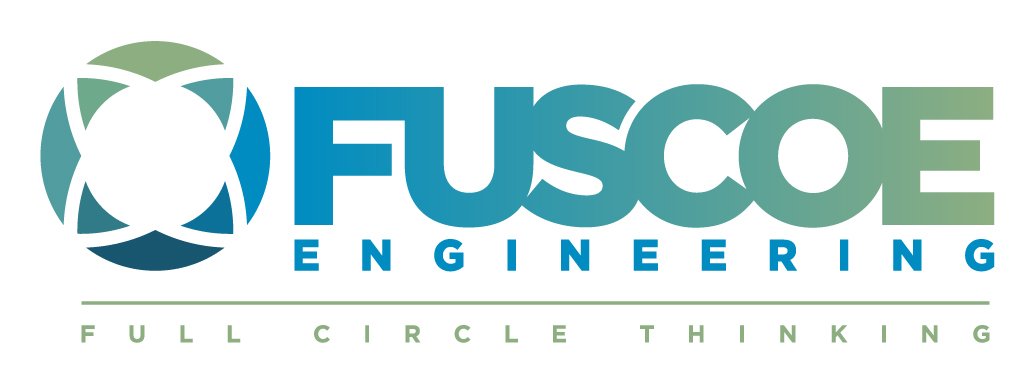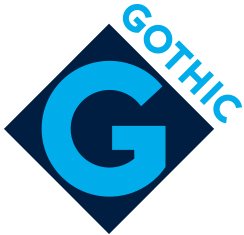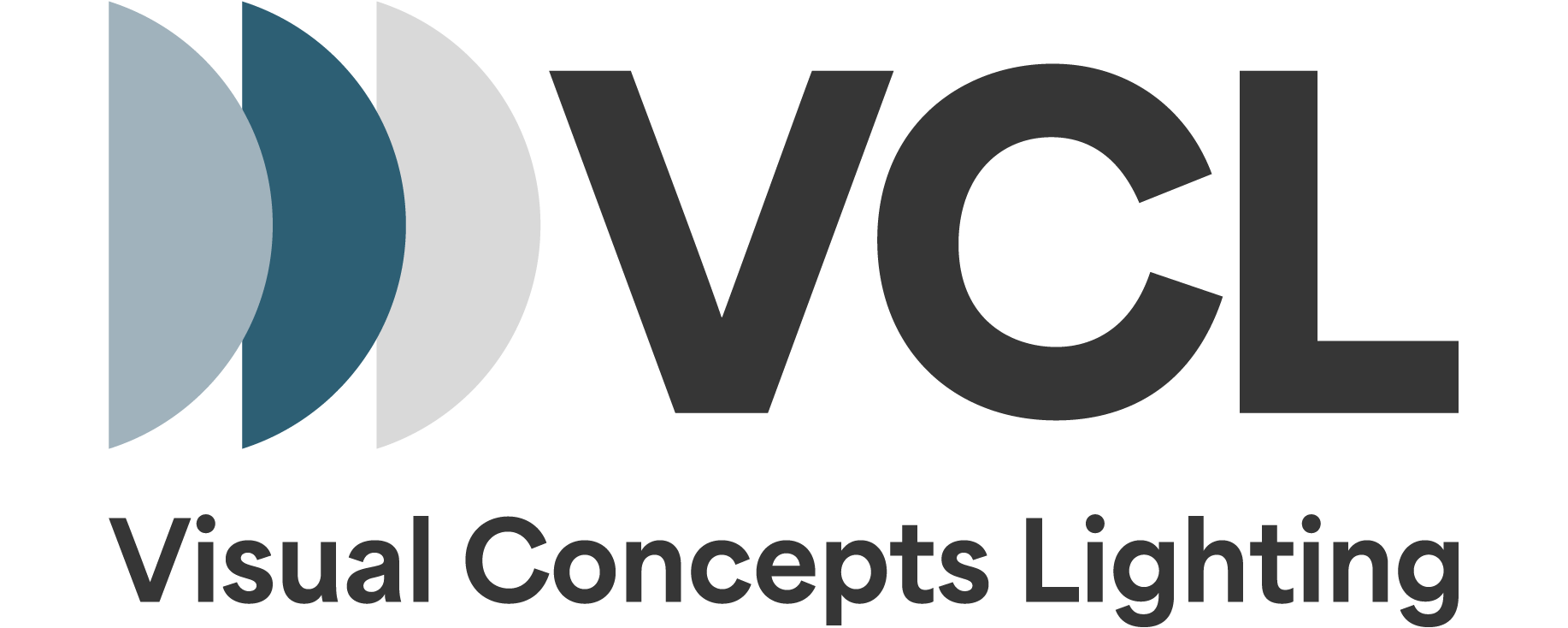Image by Refined Rennovations
Whether you are a homeowner or a homebuyer, chances are you will require the services of a remodeling professional at some point. Whether to increase the comfort and value of your home, to prepare a home for sale or to address major changes in lifestyle, you will want the best ‘bang for your buck’ and the greatest protection for your home’s value as a major investment when you do any home improvements.
So, before you begin searching out remodeling candidates, the first thing to remember is that you will be investing in what is already probably the biggest and best investment most Americans will make in their lifetime. As with any major investment – you will want to be the most knowledgeable and sophisticated consumer you can be.
That starts with learning the language of remodeling in order to better communicate with remodeling professionals. Clear communication will help you ensure a smoother remodeling experience and minimize the disruptions to your day-to-day life that any major home improvement project may cause. So here courtesy of the National Association of Home Builders (NAHB) is a glossary of the most common terms used by builders and remodelers to help you understand the language of your home improvement project.
Remember, the most important part of any remodeling or home improvement project is to start with a qualified professional. It is critically important to use only a properly licensed contractor. You can check a contractor’s license number online at www.cslb.ca.gov or by calling (800) 321-CSLB (2752) to ensure you that you are getting the best possible results and protection for your investment.
Allowance: A specific dollar amount allocated by a contractor for specified items in a contract for which the brand, model number, color, size or other details are not yet known.
Permit: A document issued by a governing authority, such as a city or county building department, granting permission to undertake a construction project.
Call - Back: An informal term for a return visit by the contractor to repair or replace items the home owner has found to be unsatisfactory or that require service under the warranty.
Certified Graduate Remodeler (CGR): A professional designation program offered through the NAHB Remodelers Council. To attain the CGR designation, a remodeler must take a specified number of continuing education courses and must comply with a strict code of ethics.
Certified Aging-in-Place Specialist (CAPS): The CAPS designation was developed by the NAHB and American Association of Retired Persons (AARP). CAPS professionals have been taught the strategies and techniques to meet the home modification needs of home owners who want to continue living in their homes safely, independently and comfortably, regardless of age or ability level. CAPS graduates pledge to uphold a code of ethics and are required to maintain their designation by attending education programs and participating in community service.
Change Order: Written authorization to the contractor to make a change or addition to the work described in the original contract. The change order should reflect any changes in cost.
Cost-plus Contract: A contract between a contractor and home owner based on the accrued cost of labor and materials plus a percentage for profit and overhead (also known as a time – and - materials contract).
Draw: A designated payment that is ‘drawn’ from the total project budget to pay for services completed to date. A draw schedule typically is established in the contract.
Lien Release: A document that voids the legal right of a contractor, subcontractor or supplier to place a lien against your property. A lien release assures you that the remodeler has paid subcontractors and suppliers in full for labor and materials.
Mechanic’s Lien: A lien obtained by an unpaid subcontractor or supplier through the courts. When enforced, real property — such as your home — can be sold to pay the subcontractor or supplier. If a subcontractor or supplier signed a lien release, then this lien cannot be enforced.
Plans and Specifications: Drawings for the project, and a detailed list or description of the known products, materials, quantities and finishes to be used.
Punch List: A list of work items to be completed or corrected by the contractor, typically near or at the end of a project.
Subcontractor: A person or company hired directly by the contractor to perform specialized work at the job site — sometimes referred to as a trade contractor.
The BIA Baldy View Chapter seeks to advance the opportunity to attain the American Dream of home ownership. For additional information on homebuying, home improvements or the benefits of homeownership, go to www.biabuild.com on the web. To familiarize yourself with the current innovations in home remodeling, visit www.nahb.org/remodel or www.nahbgreen.org on the web.
Have a happy holiday season.
*****



